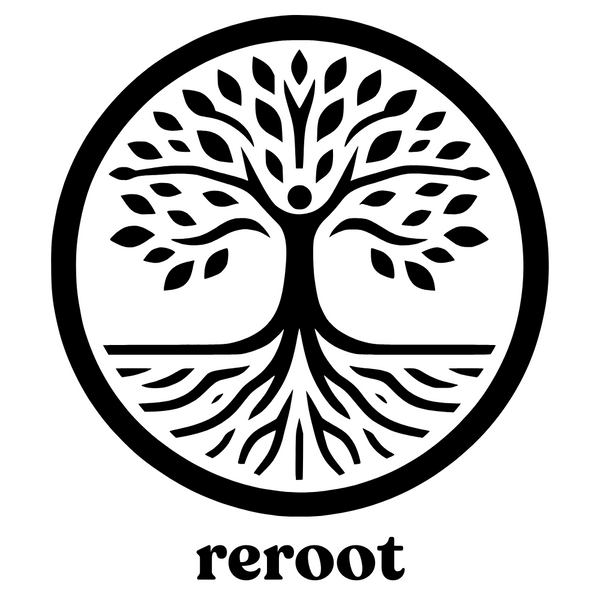1. The Original Foot: Nature’s Design
The human foot has over 100 muscles, tendons, and ligaments, 33 joints, and 26 bones—each evolved to provide optimal stability, mobility, and sensory feedback. Our toes are naturally designed to spread apart to distribute weight and grip uneven surfaces. In ancient times, going barefoot was not just common—it was the norm. From early hunter-gatherer tribes to established agricultural communities, humans moved, worked, and lived barefoot or in ultra-minimal footwear like leather moccasins or sandals. These simple protections allowed the foot to function naturally, without the structural restrictions of modern shoes.
2. The Rise of the Pointy Shoe
Shoes became a social signal. In the Middle Ages, “poulaines” and “crakows” (those absurdly long pointy shoes) weren’t functional—they were flashy, showing you didn’t have to work. This morphed into modern dress shoes with narrow toe boxes, even for children, training feet into unnatural shapes from an early age. The functionality of the shoe was sacrificed for fashion and hierarchy.
3. The Pros and Cons of Modern Footwear
Pros:
- Fits social norms (for now).
- Protects from injury in extreme environments.
- Mass produced for convenience and affordability.
Cons:
- Deforms natural toe alignment (leads to bunions, neuromas).
- Weakens intrinsic foot muscles, leading to arch collapse and chronic pain.
- Inhibits ground feedback, crucial for balance and coordination.
- Alters body mechanics, contributing to back, knee, and hip issues.
4. The Barefoot Movement is Back
This isn’t just a crunchy granola trend—it’s based on biomechanics. Runners, physical therapists, and orthopedists alike are endorsing minimalist footwear to restore proper function. Shoes like Vivobarefoot, Lems, and Wildling mimic being barefoot while offering protection from sharp or cold surfaces. The movement echoes ancient traditions, advocating for the natural form and function of the foot. Today’s barefoot advocates are, in many ways, re-embracing what our ancestors already knew: barefoot living is biologically appropriate and holistically healing.
5. Transitioning Mindfully
Going barefoot after decades in structured shoes is like taking a cast off a weak limb—it takes time. Start by:
- Going barefoot at home.
- Using toe spacers and doing foot-strengthening exercises.
- Wearing barefoot-style shoes with zero drop and flexible soles.
- Avoiding rigid orthotics unless medically necessary.
Bonus reroot Tip 🌿:
Massage those newly freed feet with Naked Tallow Balm nightly. High in fat-soluble vitamins A, D, E, and K, it nourishes skin, supports tissue repair, and reminds your feet what ancestral love feels like.

